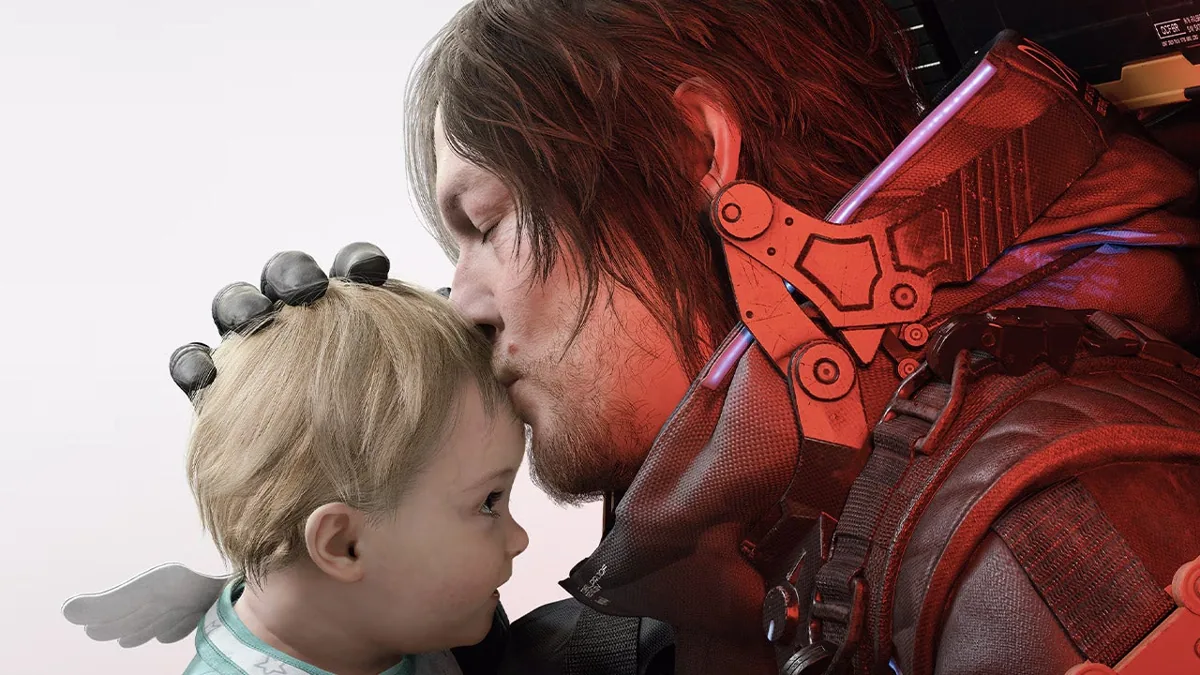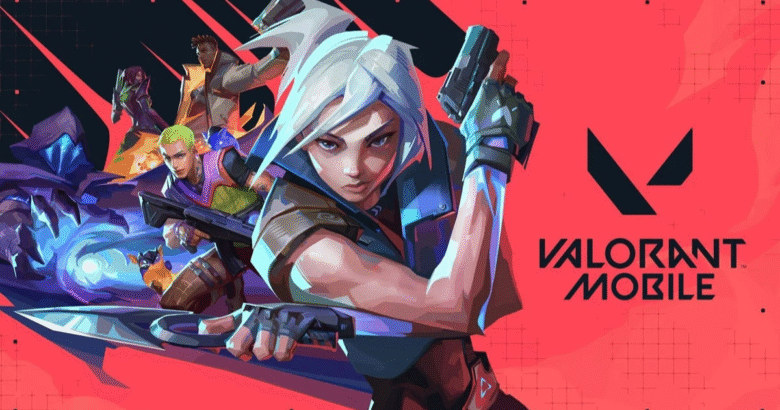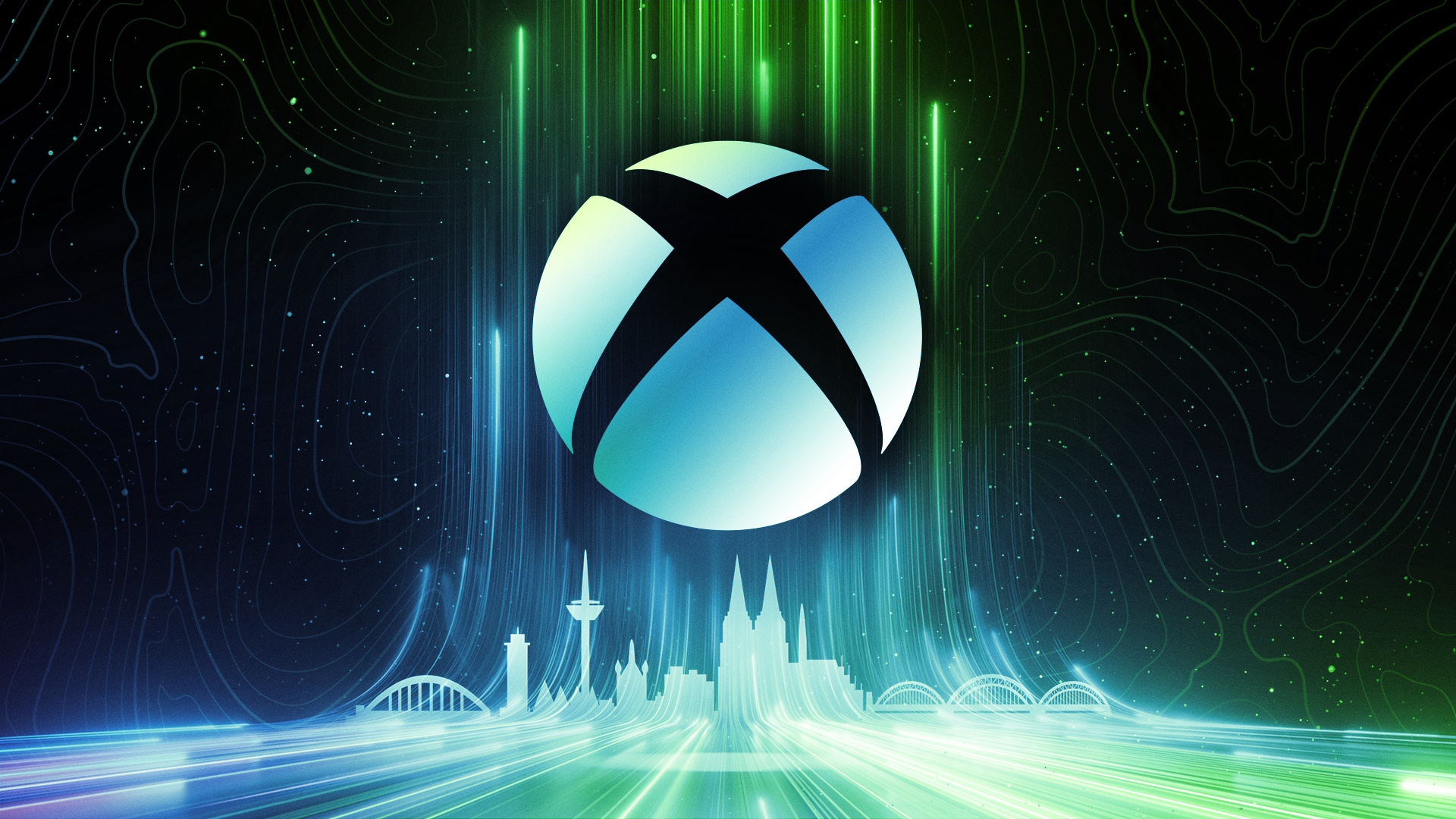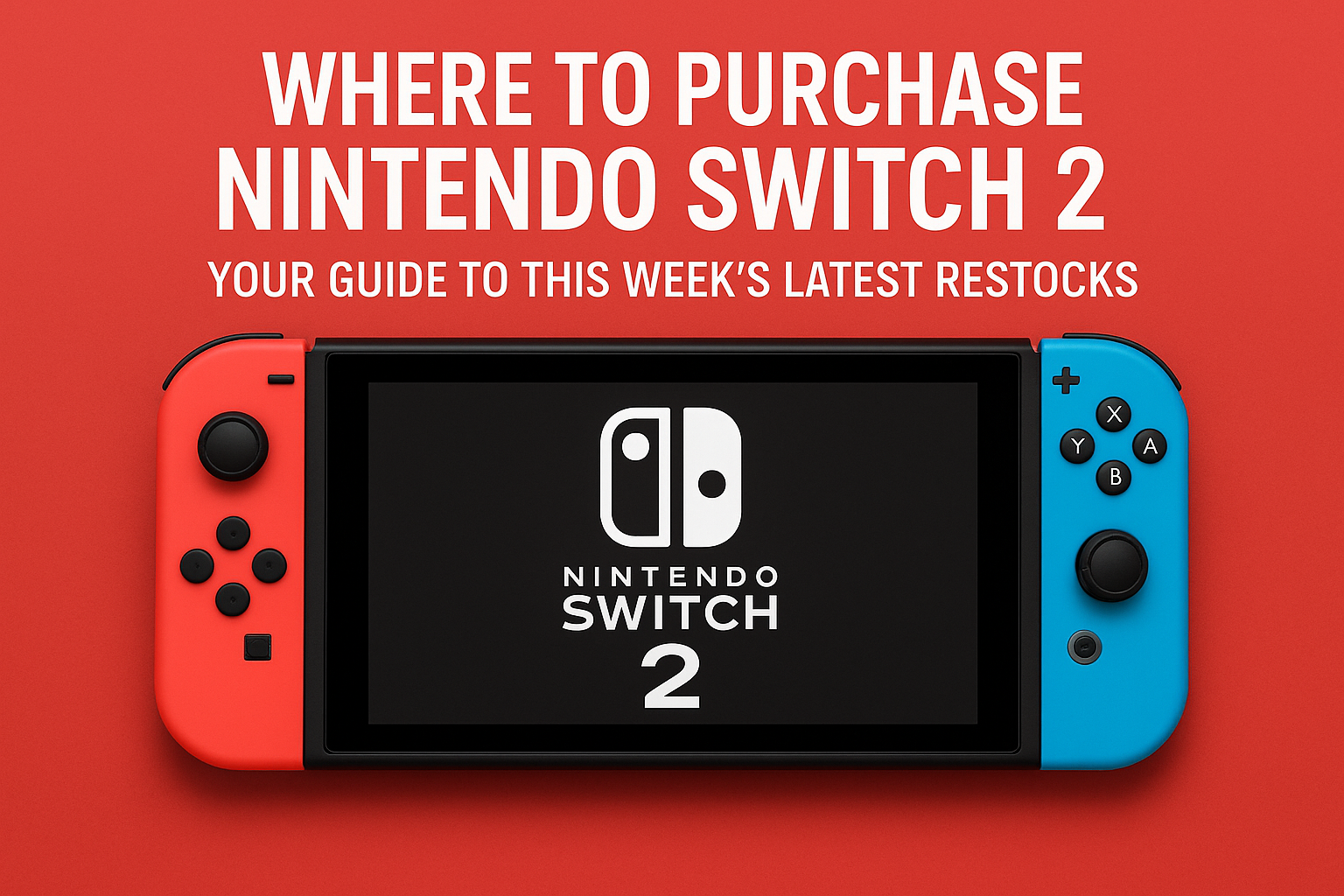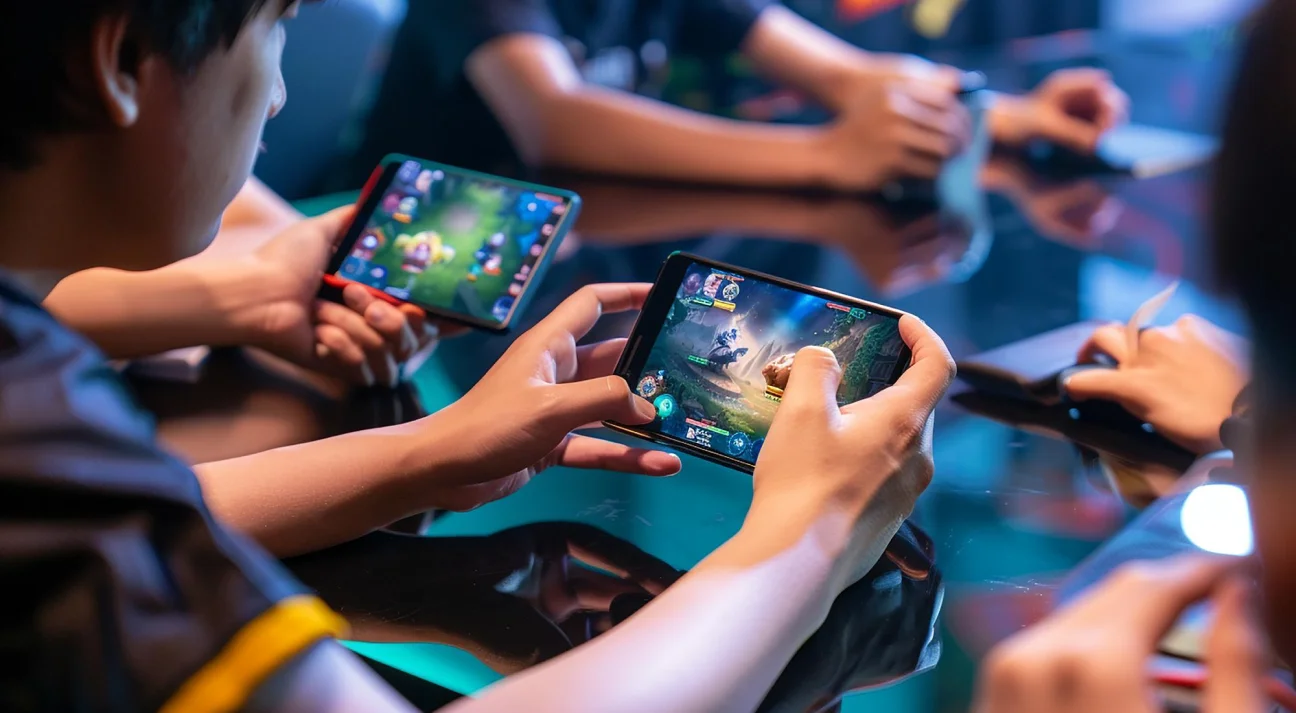Death Stranding 2: A Daring Sequel With More Than Packages
Breaking the Industry Mold
In an industry that habitually reuses the same principles, Death Stranding 2: On the Beach stands apart again. Hideo Kojima’s follow-up builds on the original game’s unusual mix of existential storytelling, survival horror, and walking sim with an added layer of bizarre loveliness.
A Fractured Australia Awaits
In a hauntingly gorgeous iteration of Australia, Sam Porter Bridges comes back to reconnect a world that no longer seems to want to be joined. The stakes are larger, the environment more unforgiving, and the emotional burden even greater. At its core, this is still a tale about connection — between cities, between generations, and between loss and longing.
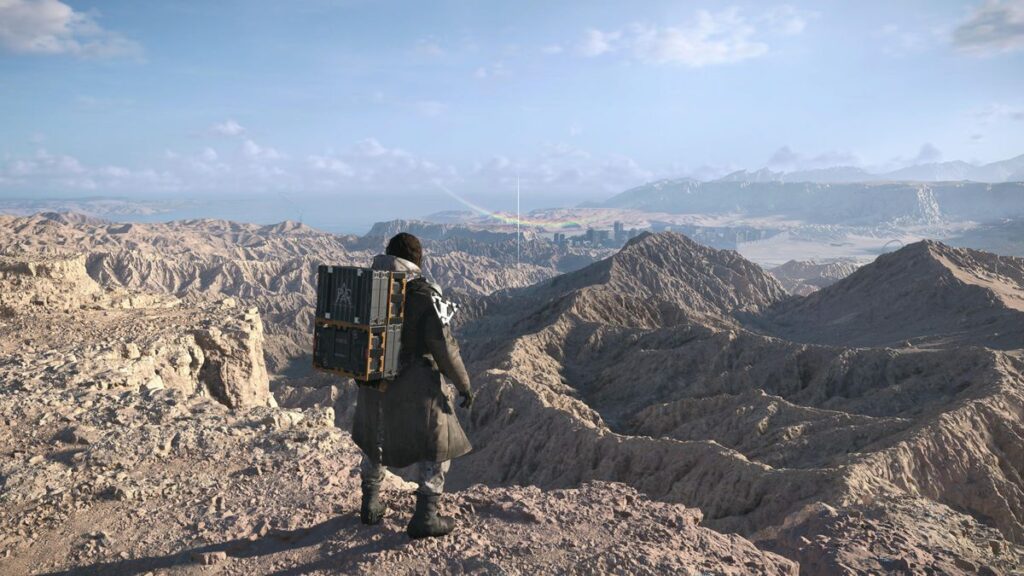
The Weird Is the Point
The game doesn’t pull punches about how weird it is. You’re still driving packages around through ghost storms and ancient rain. But this time, you’ll be moving across the world using elevated trams and rebuilding a broken world, brick by brick. The multiplayer build system is back too — again allowing players to quietly assist one another without ever crossing paths.
Cinematic Cameos and Inspirations
Coming with some guest appearances by George Miller and S.S. Rajamouli, there are clear nods to Mad Max, Metal Gear, and even RRR, mixing up the cultures and cinematic influences in one smooth motion. Here, the Decima engine truly shines, delivering some of the most realistic environments yet. The adaptive soundtrack, like Woodkid’s “Minus Sixty One,” plays back in response to your actions, making every step feel deliberate.
Not for Everyone, But Definitely for Someone
Kojima proves again that games can be weird, slow-paced, and still vastly engaging. Death Stranding 2 is nothing like anything else if you’re willing to take its pace, but it’s not for everybody.
🛑Pro Tip: Play the initial game. Before jumping into On the Beach, begin with Death Stranding: Director’s Cut to have a full understanding of the environment and narrative.

